
What's What in the Asian Produce Aisle: Fruit
In honor of Asian American Pacific Islander Heritage Month, our dietitians took a virtual trip to Southeast Asia to explore the optimal environment for tropical fruit to thrive. Thanks to advancements in transportation and farming techniques, exotic fruit is no longer hard to find. Whether shopping at your local Asian market or you go-to big box superstore, you're likely to find many of the indigenous Asian fruits on our list. These fruits don't just look fun, they also smell pleasing (in most cases) and bring a variety of flavors and nutrients to your home kitchen.
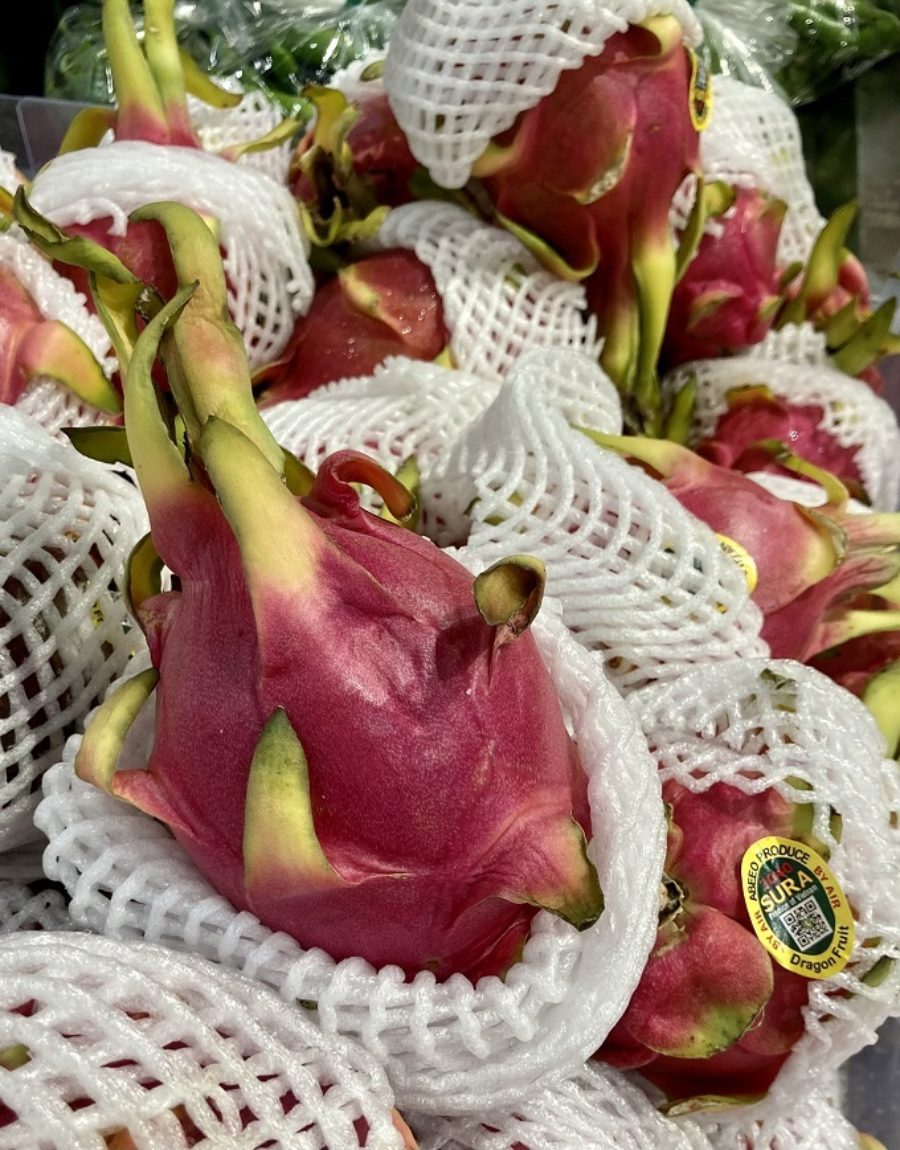
Dragon Fruit (or pitaya)
- What | Dragon fruit is actually a cactus and you may see several varieties. The skin can be bright red with green scales, which is how it earns the name "dragon," or yellow. The flesh can be deep red, pink, or white and is flecked with black seeds.
- Flavor | Regardless of variety, the taste and texture of dragon fruit is sweet and sometimes a little tart, resembling soft pears or kiwi. Those with more deeply colored flesh have a more vibrant taste.
- Nutrient Profile | Dragon fruit are high in vitamin C and antioxidants that may protect against chronic diseases. The seeds are a good source of fiber.
- Eat It | Don't eat the skin, but, like a kiwi, you can cut the fruit in half and scoop out the soft flesh with a spoon. Dragon fruit is a popular ingredient fruit salads and cocktails.
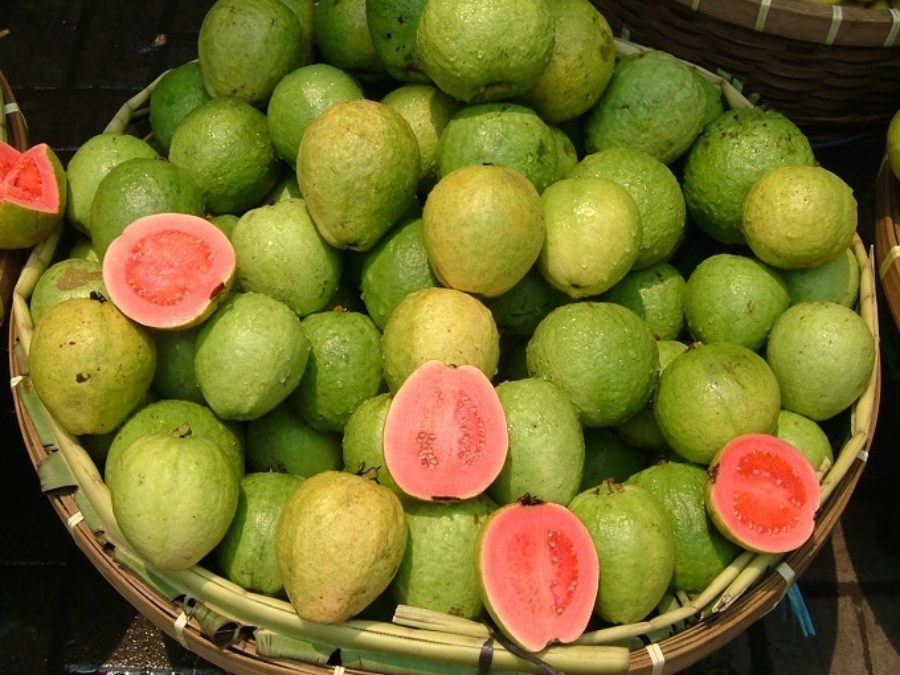
Guava
- What | Guavas grow on trees in India and Southeast Asia, as well as Central America. They have a yellow-green skin with pink or white flesh.
- Flavor | This fruit has a slightly floral scent and taste that can be described as a cross between strawberry and pear.
- Nutrient Profile | Guava has the double amount of vitamin C that orange are known for and are rich in vitamin A and potassium. Guava leaf tea has long been used as a treatment for diarrhea in India and China and, in Japan, guava leaf tea is a government-approved food for managing blood sugar, although more research is needed.
- Eat It | Don't be afraid to wash and dive right in. You can eat the whole fruit, skin and seeds.
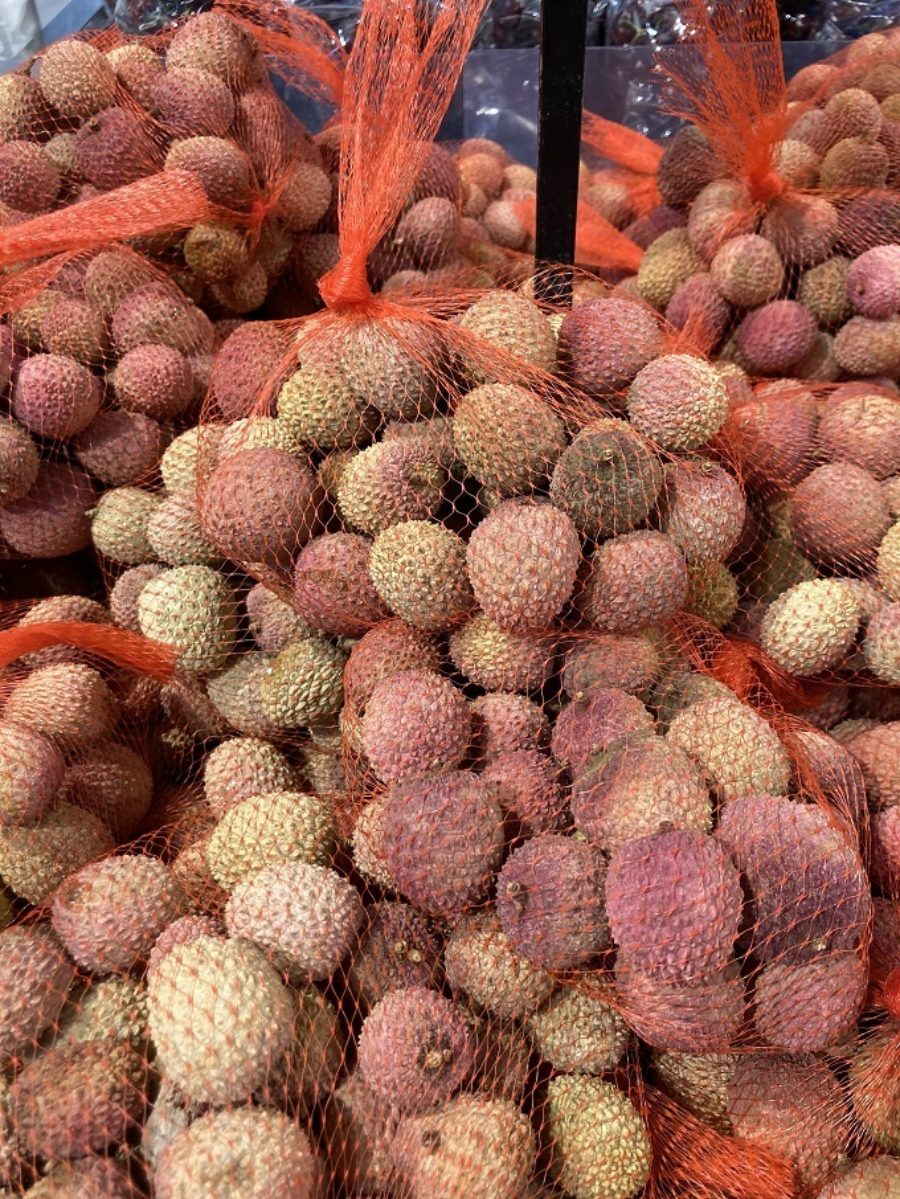
Lychee
- What | Lychee is actually a tree nut that grows on an evergreen. Lychee are about the size and shape of golf balls with a pink-red leathery skin, white flesh, and a single black seed.
- Flavor | Ripe lychee is aromatic and musky. It's juice has a flowery and sweet flavor.
- Nutrient Profile | This fruit is a good source of vitamin C and, like many other fruits, contains antioxidants and other beneficial plant compounds that may help prevent chronic disease and signs of aging.
- Eat It | Once you remove the tough skin and seed, lychee flesh can be eaten fresh or added to juice, sherbet, or cocktails. It's also a popular flavor in Asian candies.
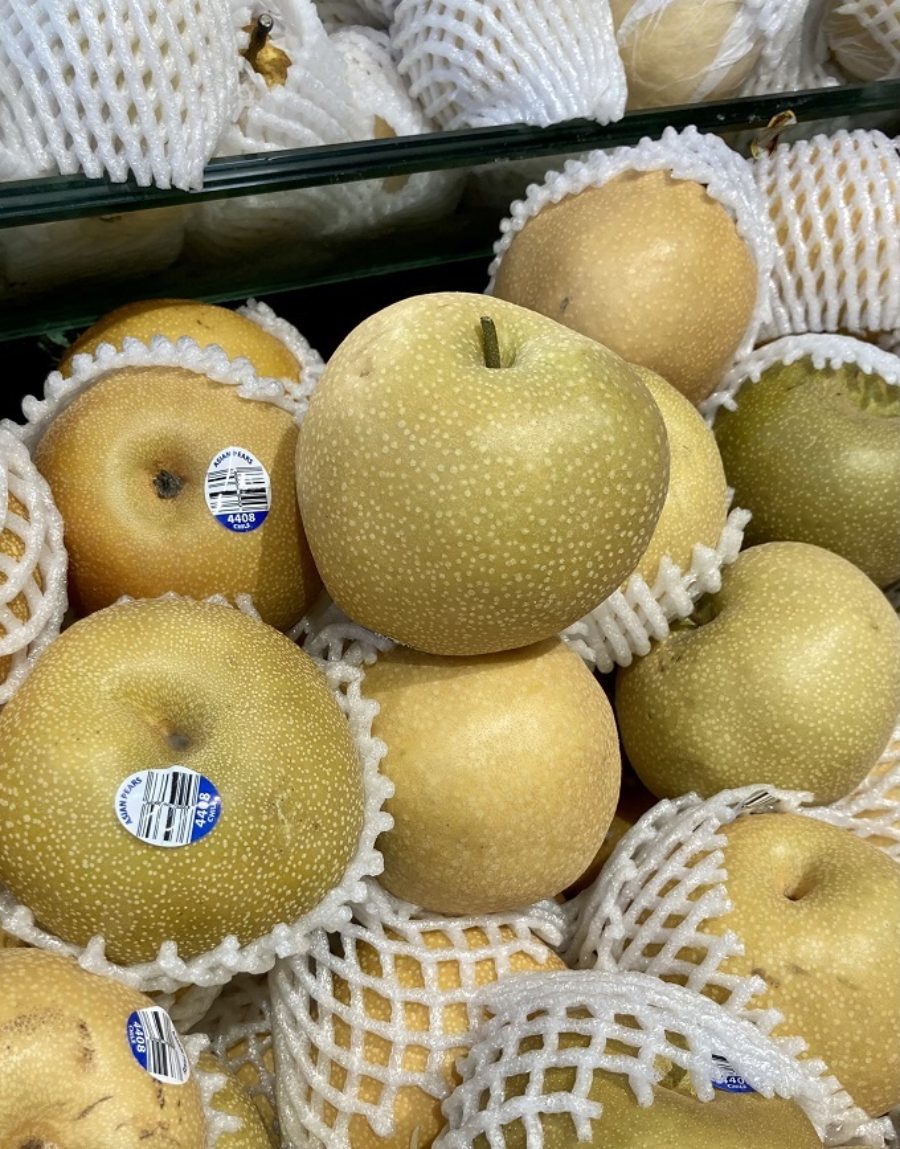
Asian Pear
- What | This pear variety has a tan or brown skin and more rounded shape that varieties more commonly found in the U.S.
- Flavor | Unlike American-grown pears, Asian pears have a juicy, watery, and crunchy flesh like an apple with the flavor of a pear.
- Nutrient Profile | Keep the skin on your Asian pear for a good dose of fiber--almost 10 grams--more than a quarter of your daily need. They also contain vitamin C, vitamin K, and potassium.
- Eat It | Asian pears make a great snack, just like other pear varieties. In Asian cuisine, the refreshing and slightly sweet taste can be found in marinades and soups.
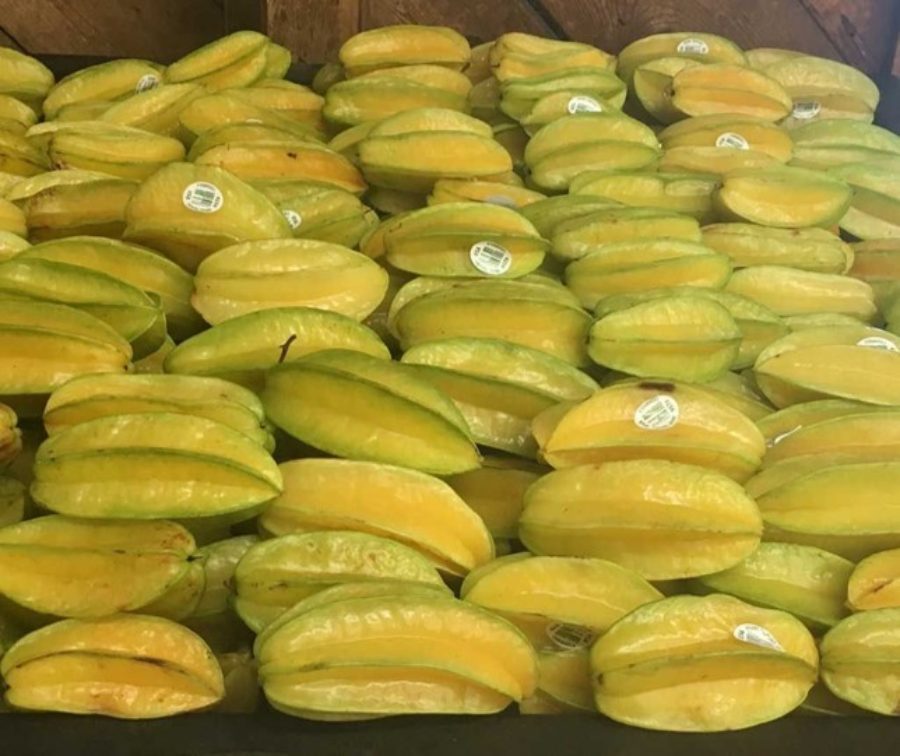
Star Fruit (or carambola)
- What | Star fruit has a waxy skin and ridges that give it that-point shape when sliced. It is believe to be native to Indonesia and now grow on trees in tropical Southest Asia, South America, and Australia.
- Flavor | This fruit bears a crunch, reminiscent of celery. Its flavor is a combination of pear, green grapes, and citrus with a slightly sour undertone.
- Nutrient Profile | Star fruit is an excellent source of vitamin C and 1 cup of slices supplies almost one-third of your daily needs.
- Eat It | Even though the skin is waxy, no need to peel! Simply slice and eat.
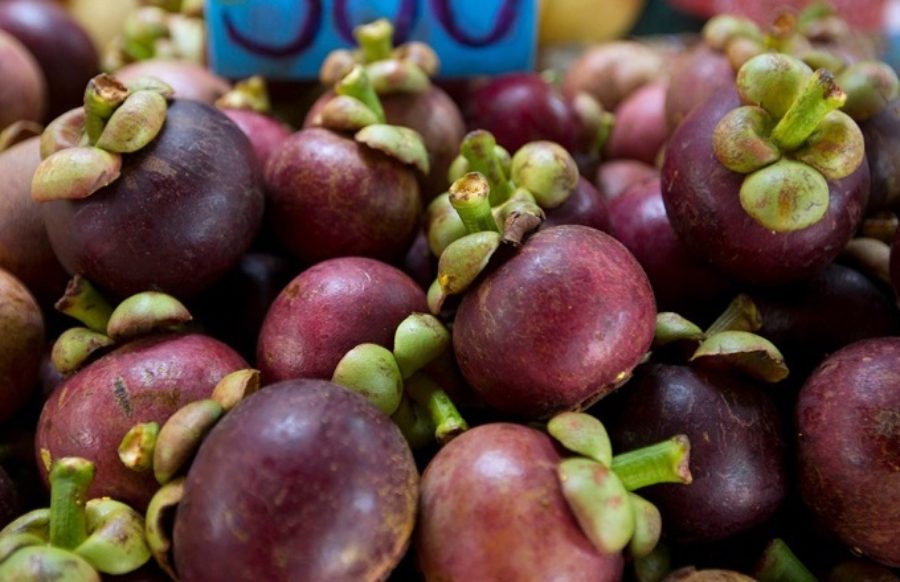
Mangosteen
- What | Mangosteen is not, in fact, related to the mango. Slice open the hard, purple skin and you'll see how completely different they are from any other fruit. There are up to eight segments of white flesh that contain a milky juice.
- Flavor | The milky flesh is refreshing with a sweet profile similar to tangerines or peaches.
- Nutrient Profile | Mangosteen has traditionally been used in Southeast Asia to treat wounds and skin infections since some of the fruit's compounds are effective against certain bacteria and fungi. Mangosteen supplements are also marketed toward reducing pain and inflammation, although there is not enough research to support this claim.
- Eat It | The thick skin is very bitter, but the white flesh is edible and makes a good snack.
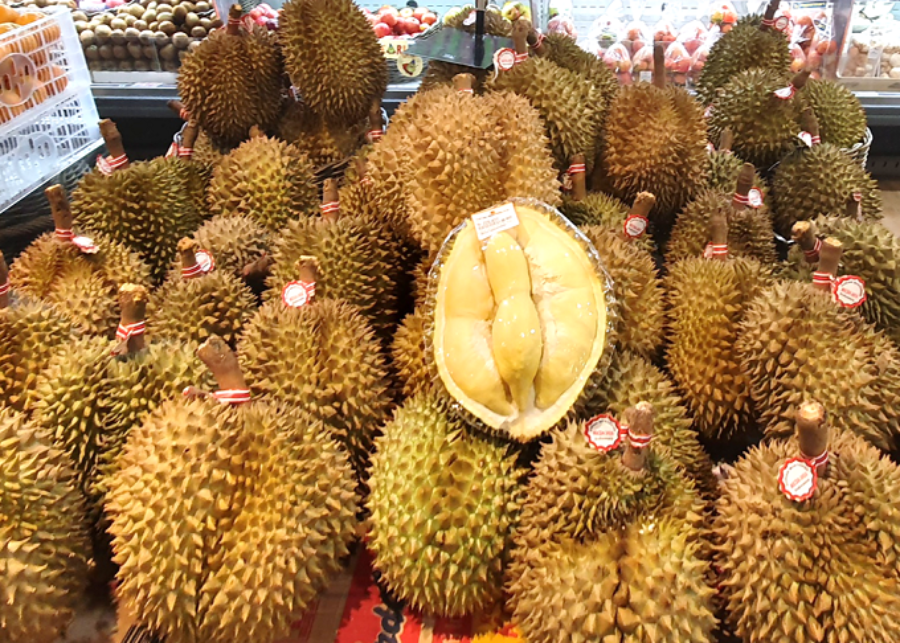
Durian
- What | In some regions, durian is called the "King of Tropical Fruits" for its size, growing up to 12 inches long and 6 inches in wide. It also has a thorny rind and distinctive aroma that some regard as pleasantly sweet and others find overpowering and unpleasant, like rotten onions.
- Flavor | Like its aroma, people seem to taste durian in different ways. Some describe the fruit as having a rich, creamy, almond custard taste while others may find it unpalatable.
- Nutrient Profile | Durian is rich in fiber, B vitamins, and vitamin C. All parts of the durian plant--leaves, husk, roots, and fruit--have been used in traditional Malaysian medicine to treat illnesses such as fever, jaundice, and skin conditions. Studies suggest that durian may reduce the risk of chronic disease, fight infection, and play a role in blood sugar response, although more research is needed.
- Eat It | Taste at your own risk! We suggest that your first taste of durian be in the form of durian ice cream.
If you've missed other blog posts from our Asian American Pacific Islander Heritage Month coverage, check out these posts:
- What's What in the Asian Produce Aisle: Vegetables
- Flavor Atlas: Dumplings
- Debunking Common Asian Food Myths
+++
At FLIK Hospitality Group we believe in great food, great service, and great people. Our wellness first approach ensures our food supports healthy and delicious choices, specially curated by our team of culinary experts and registered dietitians. At FLIK, we believe in seasonality in sourcing our ingredients and providing a customized approach to the culinary and hospitality needs of each client. Our dedication to providing quality hospitality service is unparalleled in the industry.
Have feedback or questions for our team? Email us at flikblog@compass-usa.com.
Interested in working with us? Apply today!